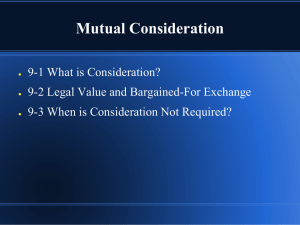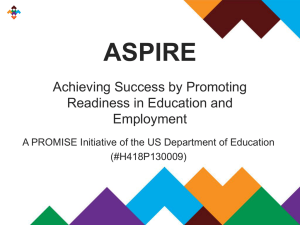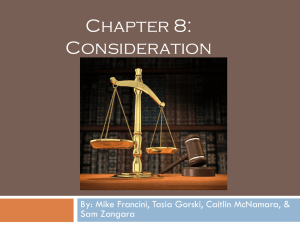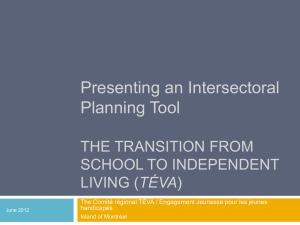free
advertisement
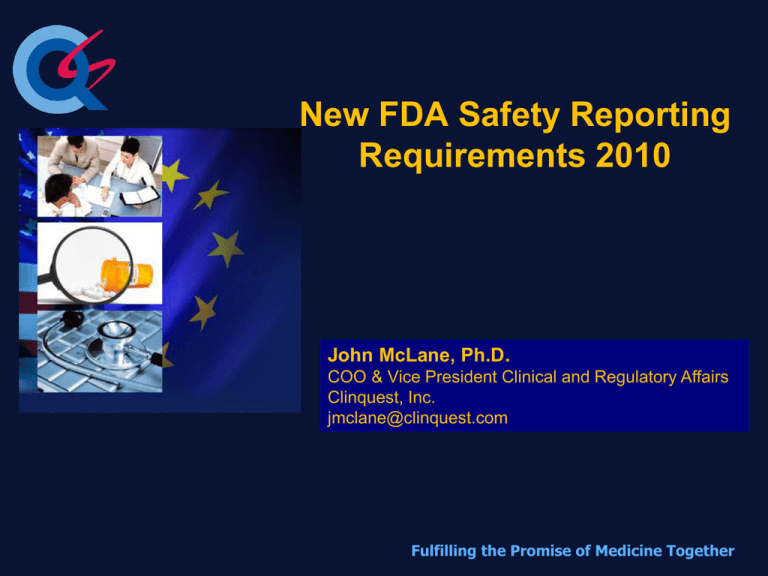
New FDA Safety Reporting Requirements 2010 John McLane, Ph.D. COO & Vice President Clinical and Regulatory Affairs Clinquest, Inc. jmclane@clinquest.com Fulfilling the Promise of Medicine Together Safety Reporting Requirements Different requirements for Different requirements depending on type of study and funding • Sponsors • Investigators • IRBs • FDA Drug • • 2 IND vs Postmarketing Device Food Supplements Federal ICH Fulfilling the Promise of Medicine Together FDA: Sept 2010 Guidance for Industry And Investigators: • Safety Reporting Requirements for INDs and BA/BE Studies New Regulations • 21 CFR 312 IND Safety Reporting • 21 CFR 320 BA/BE Studies Refers to Drugs and Biologicals Closer alignment to ICH/EMA requirements 3 Fulfilling the Promise of Medicine Together Why New Regs and Guidances? Too many reports unfiltered SAE reports associated with • Manifestations of the disease • Common in study population • 4 morbidity for stroke Strokes in elderly population Study Endpoints Confusion with phrase: “associated with the use of the drug” and “reasonable possibility” Refine definitions Fulfilling the Promise of Medicine Together Define: Adverse Event (AE) Same as adverse experience Untoward medical occurrence associated with the use of a drug • Whether or not considered drug related Note separation from causality Unfavorable or unintended sign or symptom Temporally associated with any use of the drug 5 Fulfilling the Promise of Medicine Together Define: Suspected Adverse Reaction (SAR) Any AE reasonably possibility that drug caused AE Decreased level of certainty then an adverse reaction 1st use of “reasonable possibility” The SAR & use of “reasonable possibility” is consistent with concepts about causality defined in ICH E2A 6 Fulfilling the Promise of Medicine Together Define “reasonable possibility” Single occurrence of an uncommon event • AE know to be associated with drug • exposure Ex. Stevens-John syndrome 1 or more events not commonly associated with drug exposure • Not common in the study population 7 Aggregate analysis of events that occur more frequently in tx arm Fulfilling the Promise of Medicine Together Define: Unexpected AE or SAR Safety event: • Not described in IB or protocol • Event is of greater severity/specificity than previously described Hepato-necrosis is a Unexpected AE if IB has only hepatitus • Event is described as seen in similar drugs (class effect) but not yet observed with this drug 8 First occurrence of this type of event is a UAE Fulfilling the Promise of Medicine Together Define: Serious (SAE) Similar to prior use: • Death • Life-threatening Excludes AE or SAR that had it occurred in more serious form might have caused death • In-patient hospitalization • Prolongation of hospitalization • Congenital anomaly/birth defect 9 Refines the use of medical judgments by either investigator or sponsor Fulfilling the Promise of Medicine Together Safety Monitoring Sponsor Evaluate Safety of Drug for subjects Serious, Expectedness, Reasonable Possibility Analysis with other events related to drug use 10 Fulfilling the Promise of Medicine Together Review of Safety Information Get safety information from all sources • Domestic/foreign trials Foreign data to US: Safe Harbor Requirements • Clinical epidemiology studies • Annual literature review for safety • Animal or in vitro expts. Report in safety reports • • 11 ID all IND safety reports similar in nature previously reported Notify FDA and all “participating investigators” 15 day reports Fulfilling the Promise of Medicine Together SUSARS For the first time FDA recognizes SUSARs Three criteria • Suspected adverse reaction • Serious • Unexpected 12 Expedited IND safety report Fulfilling the Promise of Medicine Together Conclusion Move towards harmonization • FDA will accept CIOMS I forms • Use of SUSAR Clear definition • Replace “associated with the use of the drug” with “reasonable possibility” 13 Fulfilling the Promise of Medicine Together 14 Fulfilling the Promise of Medicine Together Relationship between AEs and UAPs The diagram illustrates three key points: • The vast majority of adverse events occurring in human • • 15 subjects are not unanticipated problems (area A) and do not need to be reported to the IRB. A small proportion of adverse events are unanticipated problems (area B) and need to be reported to the IRB. Unanticipated problems include other incidents, experiences, and outcomes that are not adverse events (area C) and need to be reported to the IRB.Fulfilling the Promise of Medicine Together
